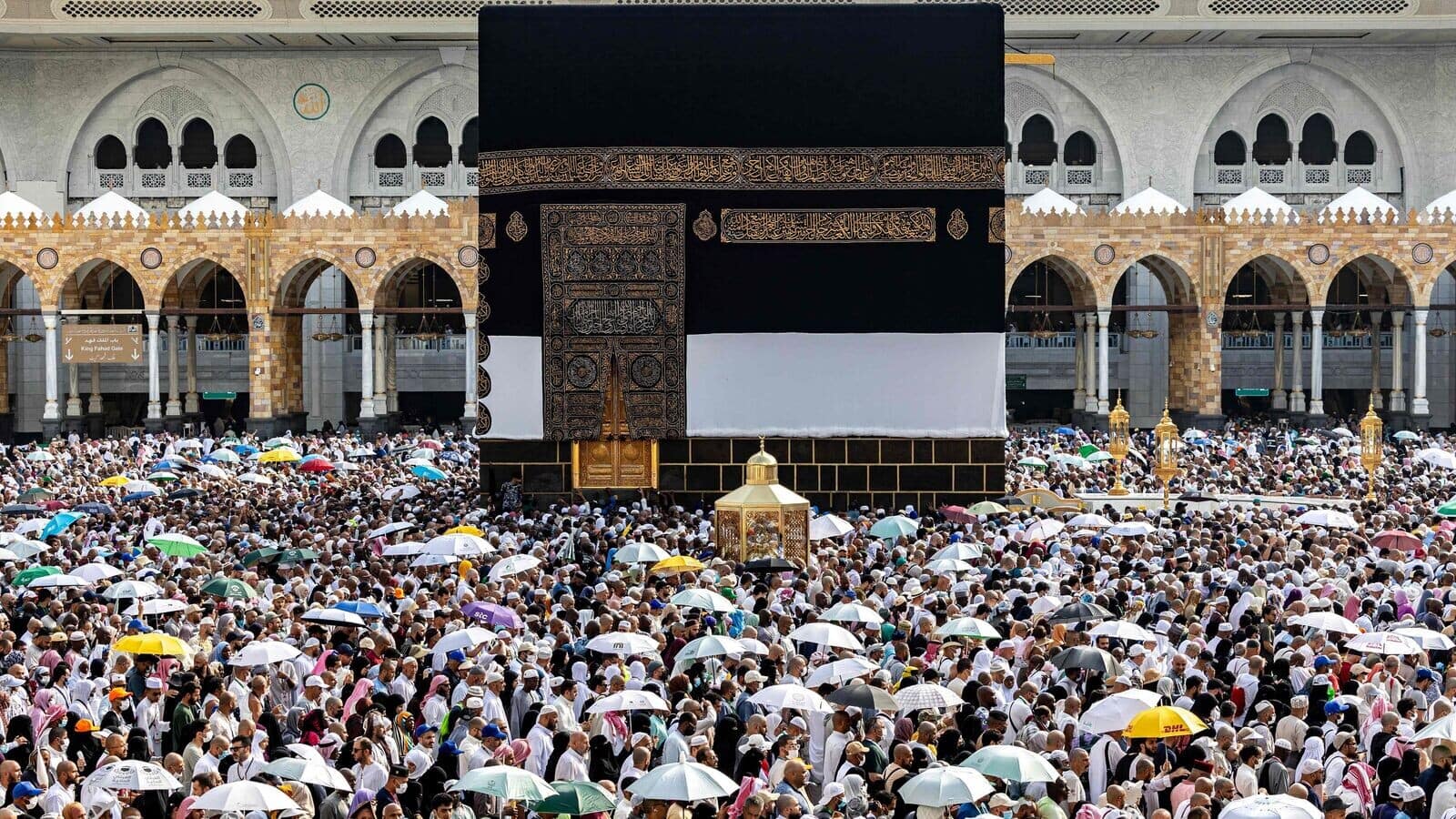
Explained: Why no children are allowed at Haj this year
What's the story
Saudi Arabia has announced major changes for the 2025 Haj pilgrimage, including banning children from participating.
The Ministry of Hajj and Umrah confirmed the decision is intended to protect children from the dangers of severe overcrowding during the pilgrimage.
"This step has been taken to ensure the safety and well-being of children and to mitigate any potential harm during the Haj pilgrimage," the ministry said.
Visa changes
Stricter visa regulations introduced for Haj 2025
Along with the child ban, Saudi Arabia has also introduced stricter visa regulations.
Starting February 1, 2025, nationals from 14 countries, including India, will only be eligible for single-entry visas for 30 days.
The new rules also apply to travelers from Algeria, Bangladesh, Egypt, Ethiopia, Indonesia, Iraq, Jordan, Morocco, Nigeria, Pakistan, Sudan, Tunisia, and Yemen.
The move aims to prevent unauthorized Haj participation leading to overcrowding.
Pilgrim priority
First-time pilgrims prioritized, new payment option introduced
For the 2025 Haj season, Saudi Arabia is prioritizing first-time pilgrims.
Registration for domestic pilgrims is now open via the Nusuk app or official online portal, where applicants must verify their information and register any companions traveling with them.
A new installment-based payment option has also been introduced for domestic pilgrims. Payments can be made in three installments: a 20% deposit within 72 hours of reservation and two equal payments of 40% by Ramadan 20 and Shawwal 20.
Safety upgrades
Enhanced safety measures and infrastructure improvements for Haj 2025
To further enhance safety during the pilgrimage, Saudi Arabia has implemented several measures. These include safety awareness campaigns and modern intelligent systems to manage pilgrim movements in sacred areas.
Infrastructure improvements such as upgraded tent camps and pedestrian routes have also been made.
The 2025 Haj season is expected to take place from June 4-6, depending on the moon sighting.